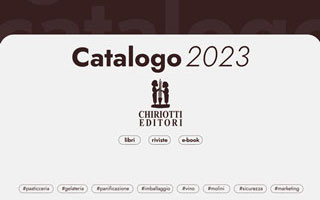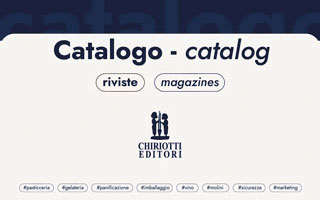
In a review published in recent issue of Food Hydrocolloids Ghorani and Tucker describe electrospinning as a novel way to micro-encapsulate bioactive food ingredients. They explain its advantages over other encapsulating techniques such as spray drying, freeze drying, emulsification, coacervation, nano-precipitation, and liposome preparation which often take place in harsh conditions such as high temperatures and use of organic solvents. Electrospinning work in aqueous solution, at room temperature and without coagulation chemistry, hence protecting compounds from damage. Spray drying for example may reduce the viability of incorporated bacteria or damage the structure of the target molecule.
Electrospinning uses electrostatic forces to draw a droplet of polymer solution into a fine fiber and other forces to deposit it onto a grounded collector. The polymer droplet is pushed out from the syringe at constant pressure and exposed to an electric field causing it to stretch and elongate. It is then exposed to other forces (electrostatic forces, gravity, columbic repulsion force and others) and the thin polymer fibers finally fall onto the collector. Electrospinning allows control of the formation and size of encapsulation material by modifying a number of parameters for example viscosity of the polymer solution, applied voltage, distance from a droplet dispenser to collector, flow rate of the droplet or temperature. Materials used in encapsulation by electrospinning need to be easy to electrospin, be biocompatible, biodegradable and have high potential to be modified. They are often protein or carbohydrate based. Common proteins used are whey protein isolate, whey protein concentrate, soy protein isolate, egg albumen, collagen, gelatin, zein and casein. Recently, amaranth protein isolate was also studied as an encapsulating material with promising results. Examples of carbohydrate based materials are starch, cellulose, pectin, guar gum, chitosan, alginate, xanthan or dextran.
One aim of encapsulation is to protect ingredients from harsh conditions in the upper gastro-intestinal system and deliver it at particular sites within the body. Apart from the protective function encapsulating material may also introduce a different texture and mouth feel to the food or mask unwanted odors or tastes. Electrospinning offers controlled and target release of compounds which improves the effectiveness of micronutrients, ensures optimal dosage and broadens the application range of food ingredients. The particle size generated by electrospinning is less than 1 µm which enables more efficient absorption of nutrients.
The authors suggest closer collaboration between academia and industry to stimulate further developments of electrospinning as a technique to be used for preparation of functional foods.
www.rssl.com








